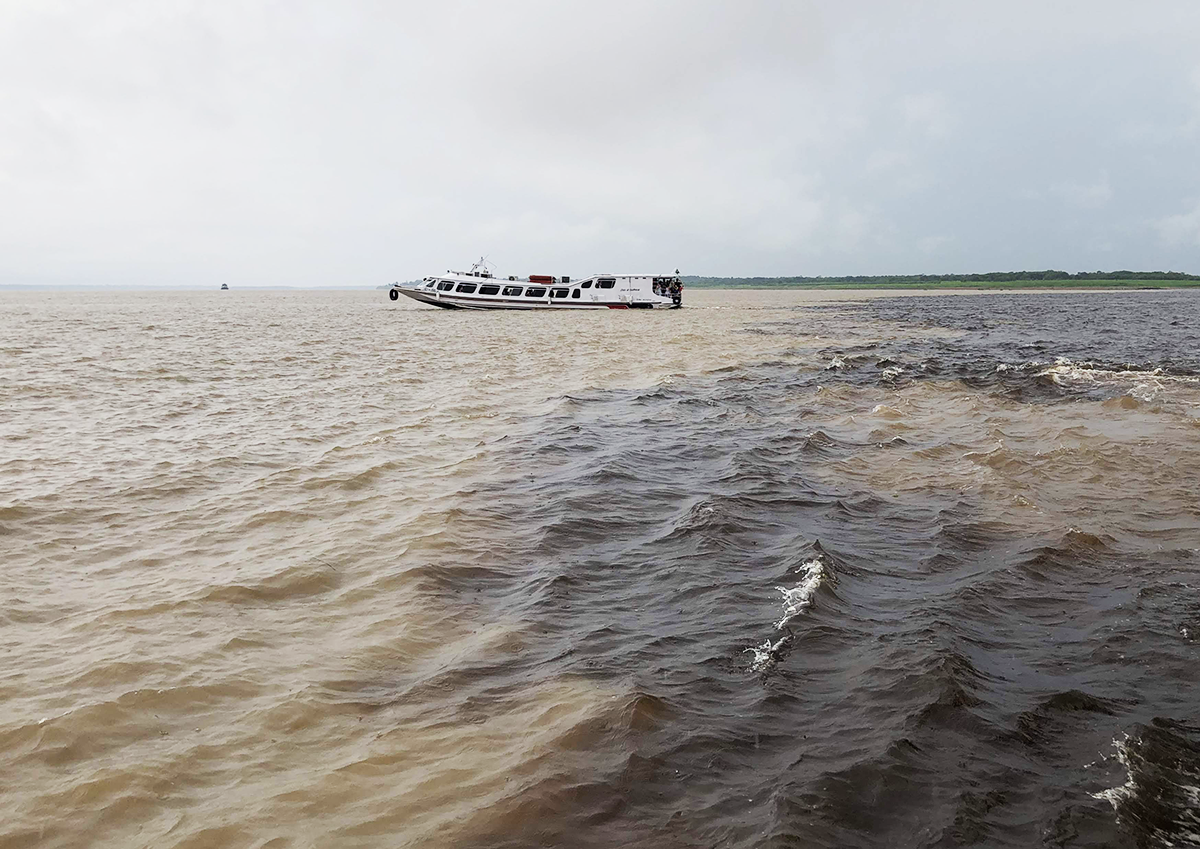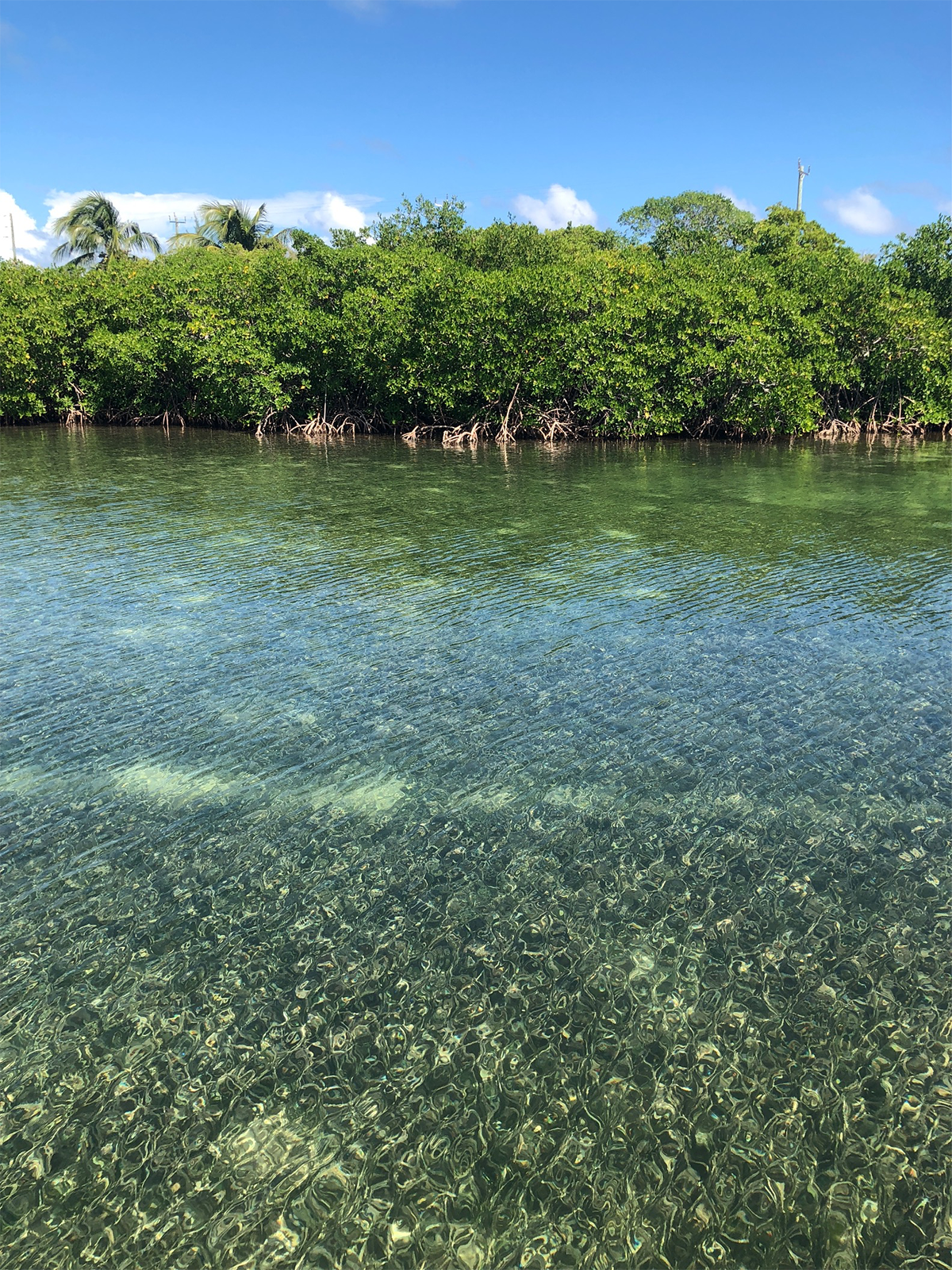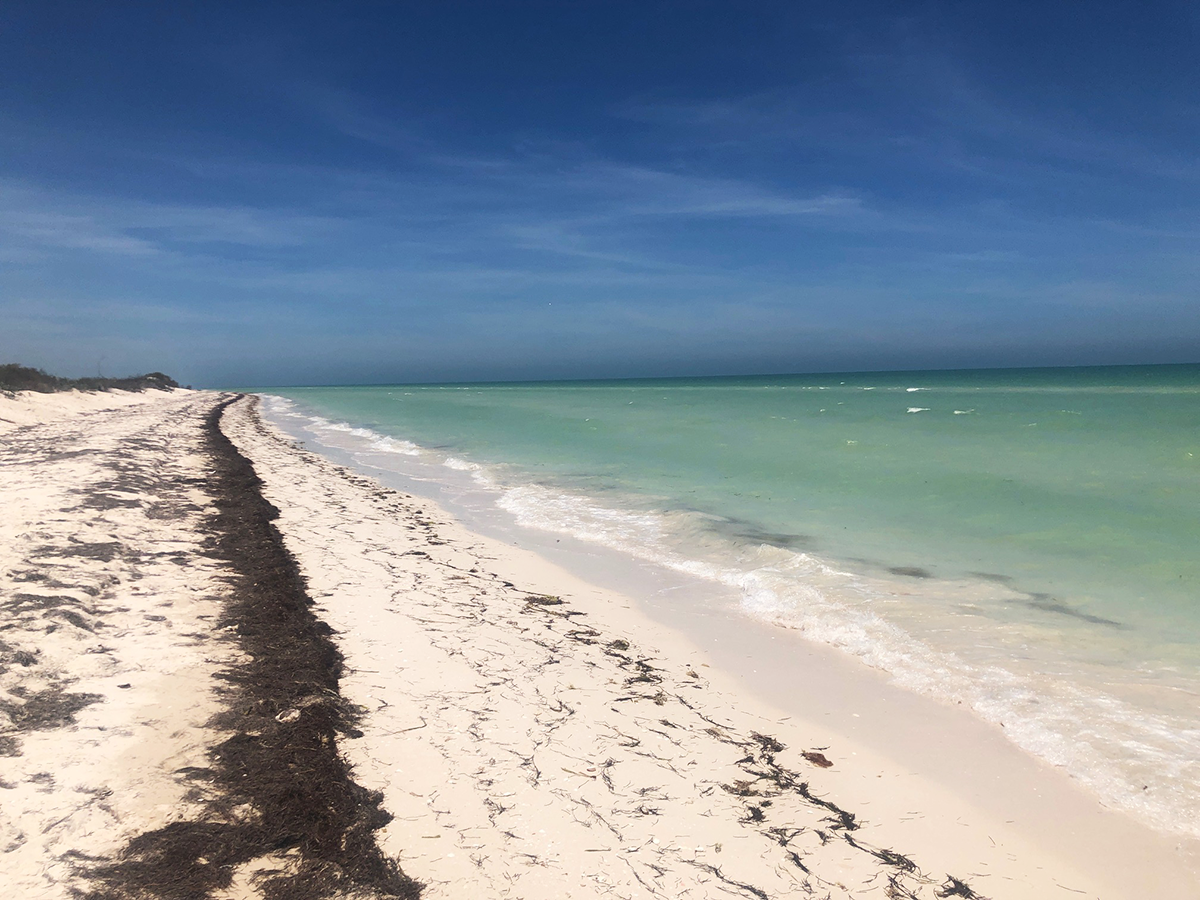Early Adopter

Applied Research Topic
Potential Applications ► Improving global climate model predictions
Description
The NASA-GISS modeling group uses climate models to describe current and future response of the Earth System to natural variability as well as human perturbations, studying changes in the ocean stratification, riverine and coastal runoff, atmospheric deposition of pollutants, ocean deoxygenation and acidification, and changes in ecosystem structure and functioning. This group works in close collaboration with the NASA-GISS Climate Impacts group, which focuses on changes in the Earth system that affect societal and natural system assets, both today (in response to extreme events) and in the future (in response to environmental change). The synergy between these two NASA-GISS groups fosters the opportunity to utilize PACE data of ocean color, primary production, plankton physiology and community structure, productivity and water quality to understand how ecosystem changes at different spatial and temporal scales occur and how future changes will impact the health of ecosystems in different regions of the world. This information will be readily made available to our stakeholder partners around the world who seek to translate climate model projections to actionable strategies for climate change adaptation and/or mitigation to protect their local environment and resources.Significance
The data products and model outputs generated by the NASA-GISS Modeling and Climate Impacts groups inform decisions made by the World Wildlife Fund (WWF), local stakeholders and international experts to explore current and future threats to the Mesoamerican Reef system and provide ocean risk information that may be used to take stock of natural capital and build coastal resilience, the United Nations Disaster Risk Reduction Office where we seek to understand threats to global food systems, including land-based agriculture and fisheries that are affected by climate extremes and long-term pressures of rising temperatures, ocean acidification, and deoxygenation.Why PACE
PACE observations (standard and advanced OCI data products) will allow us to identify impact-relevant ocean ecosystem events and associate these to climate conditions (via integrations with NASA’s MERRA-2 model), socioeconomic influences, and climate (via integrations with NASA’s Model-E). This information can then be utilized by our public, private, and non-profit partners to analyze risk and safeguard resources against current and future extremes.End User(s)
World Wildlife FundUN Disaster Risk Reduction Office
UN Development Program (UNDP)
Wildlife conservation society
SAT Partner(s)
Peter Gaube, Cecile Rousseaux, and Patricia CastellanosPublications
Mbow, C., C. Rosenzweig, L.G. Barioni, T.G. Benton, M. Herrero, M. Krishnapillai, E. Liwenga, P. Pradhan, M.G. Rivera-Ferre, T. Sapkota, F.N. Tubiello, Y. Xu. (2019) Food Security. In: Climate Change and Land: an IPCC special report on climate change, desertification, land degradation, sustainable land management, food security, and greenhouse gas fluxes in terrestrial ecosystems. (In press).
Ruane, A.C., C. Teichmann, N. Arnell, T.R. Carter, K.L. Ebi, K. Frieler, C.M. Goodess, B. Hewitson, R. Horton, R.S. Kovats, H.K. Lotze, L.O. Mearns, A. Navarra, D.S. Ojima, K. Riahi, C. Rosenzweig, M. Themessl, and K. Vincent. (2016) The Vulnerability, Impacts, Adaptation and Climate Services Advisory Board (VIACS AB v1.0) contribution to CMIP6. Geosci. Model. Dev., 9, 3493-3515, DOI: https://doi.org/10.5194/gmd-9-3493-2016.
Romanou, A., J. Marshall, M. Kelley, and J. Scott. (2017) Role of the ocean's AMOC in setting the uptake efficiency of transient tracers. Geophys. Res. Lett., 44, no. 11, 5590-5598, DOI: https://doi.org/10.1002/2017GL072972.




